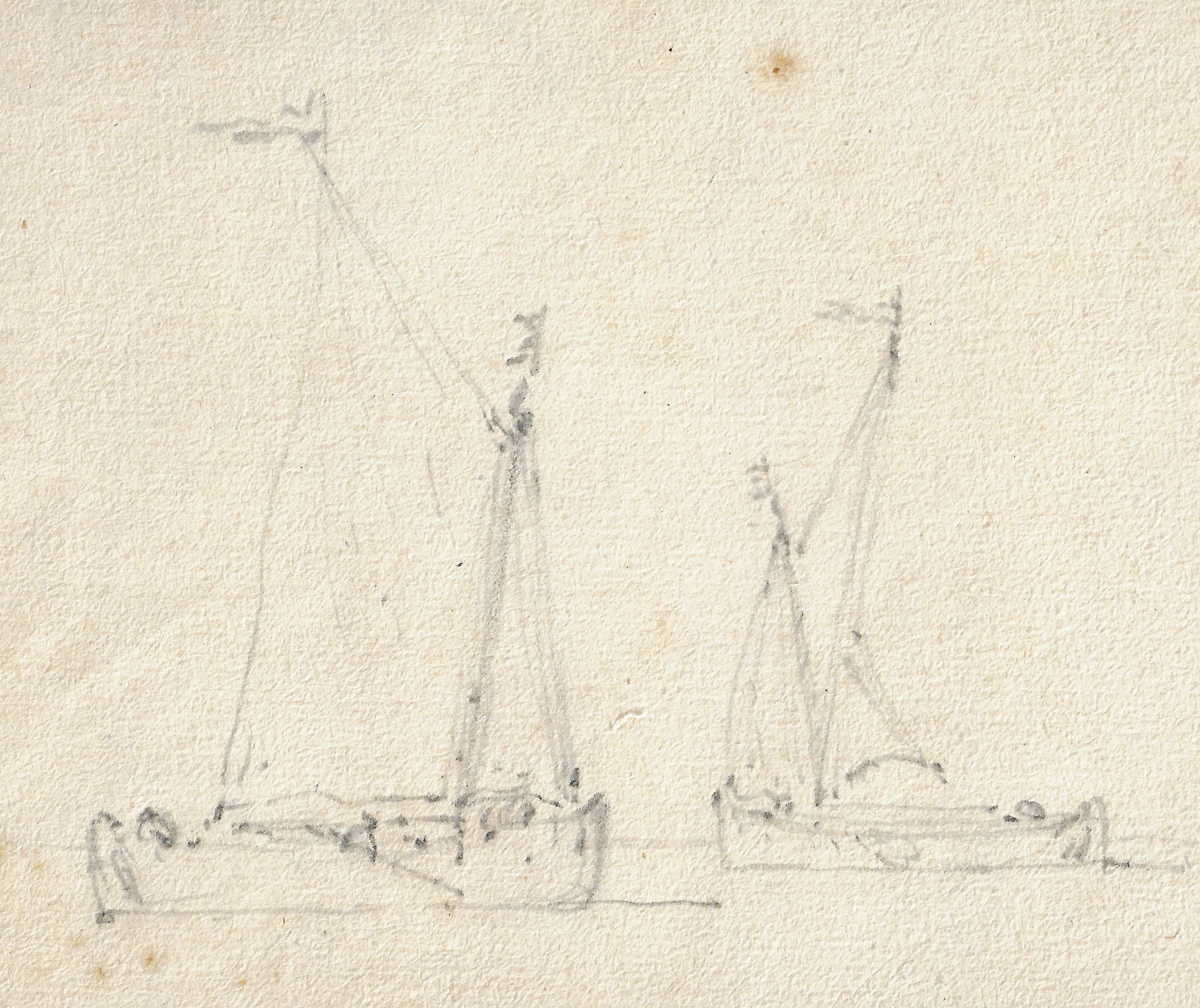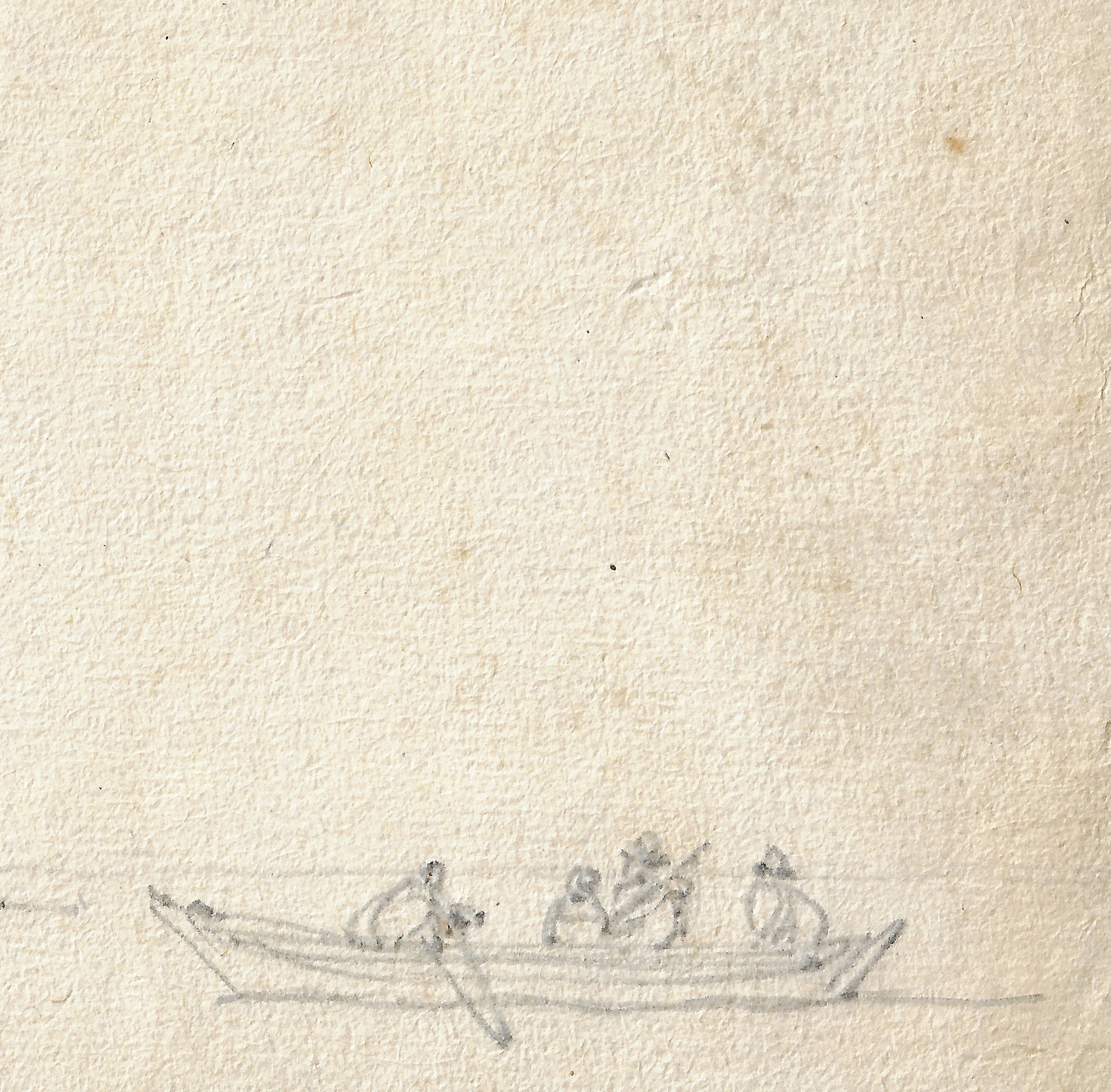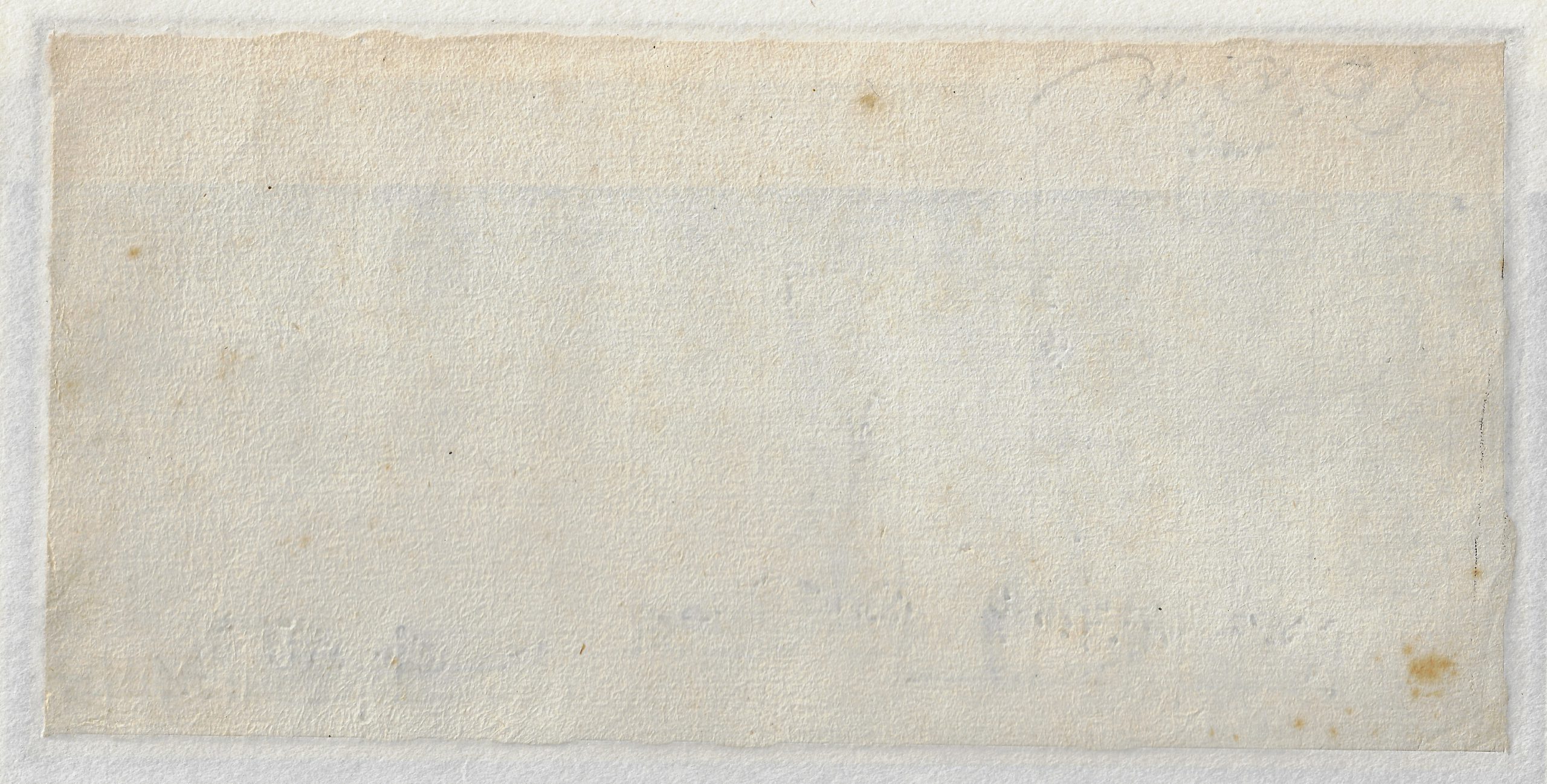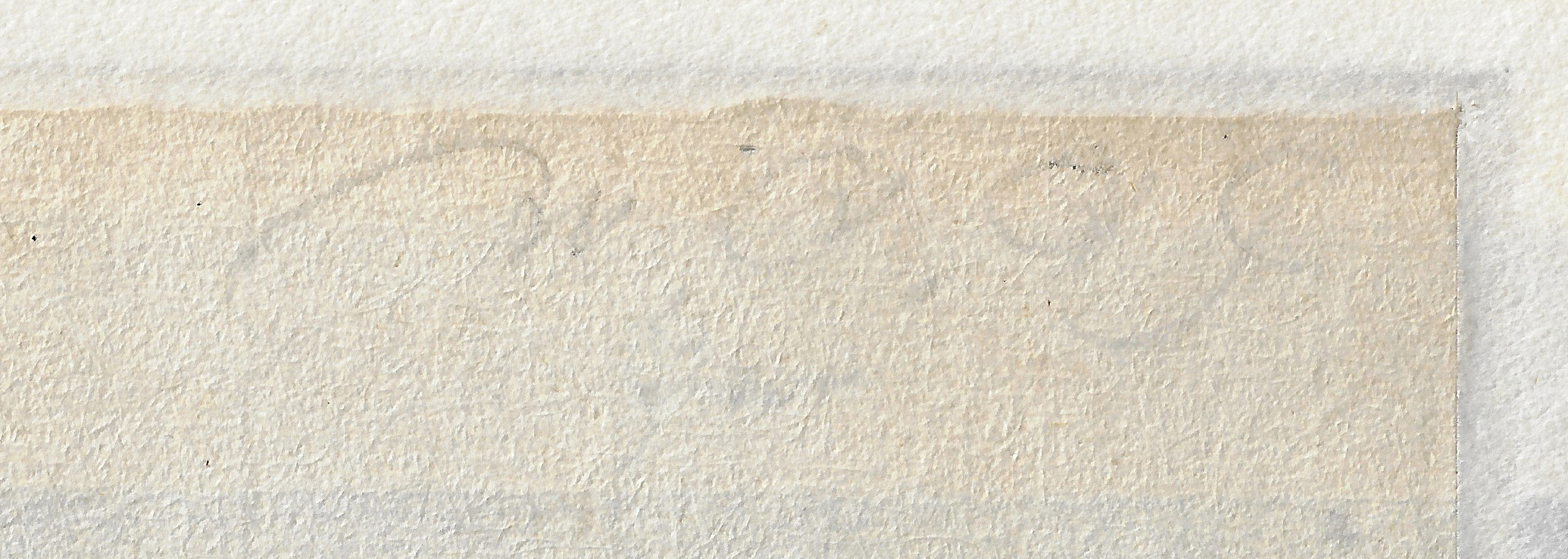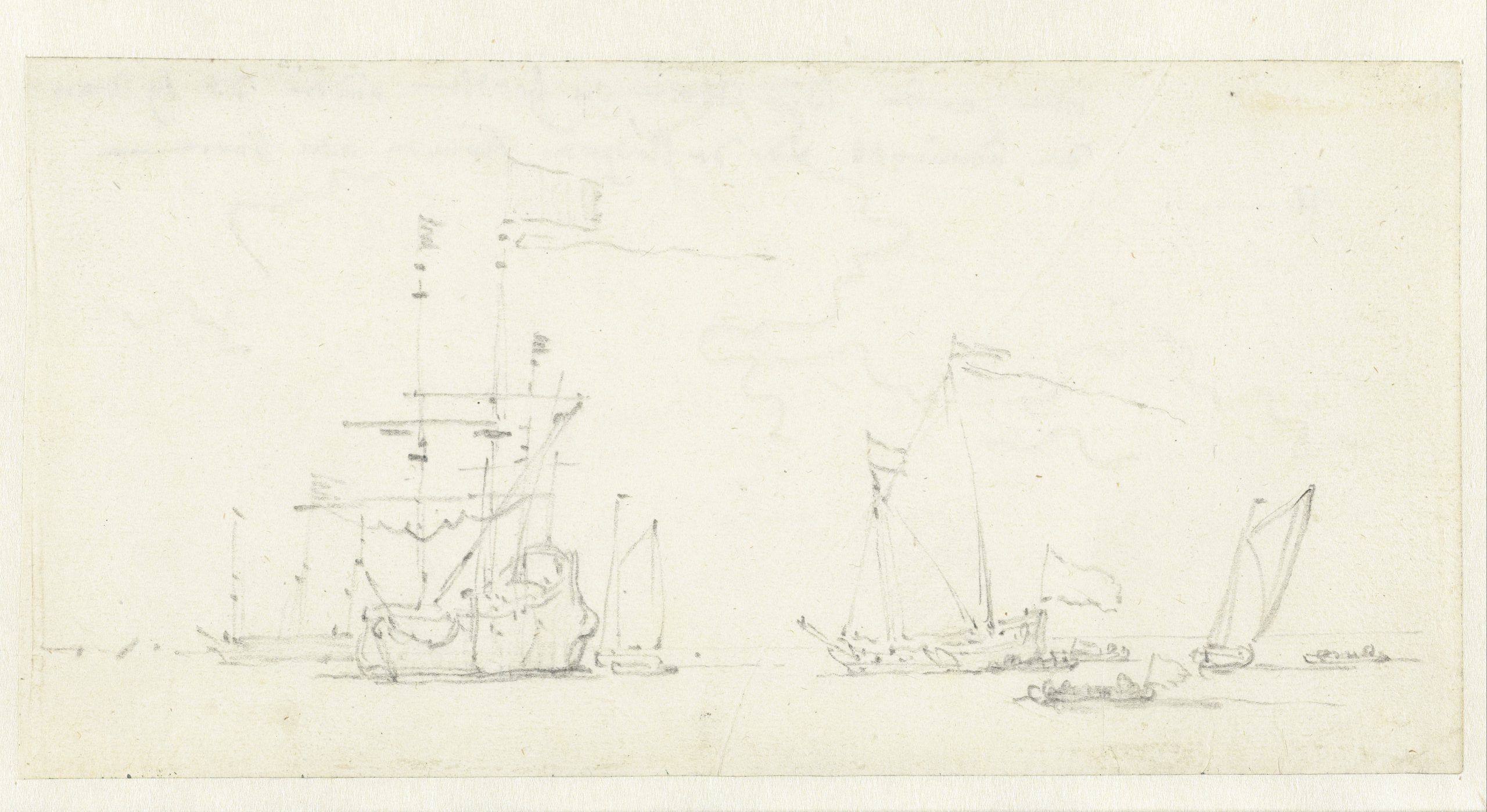WILLEM VAN DE VELDE II (Leiden 1633 – 1707 London)
Willem van de Velde II (Leiden 1633 – 1707 London)
A Kaag and Other Vessels in a Light Breeze
Graphite, 108 x 217 mm (4.3 x 18.5 inch)
Faintly signed with monogram ‘W V V J’ (graphite, verso)
Provenance
Private collection, The Netherlands
***
Willem van de Velde the Younger followed in the footsteps of his artist-father Willem van de Velde I (1611–1693), who was his first teacher.1 He later studied with Simon de Vlieger, and specialized in marine scenes like this one. While his father took a meticulous, documentary approach to his subject matter, the Younger Van de Velde developed a more expressive and atmospheric style. Following the economic downturn in Holland in 1672 the Van de Veldes emigrated to London, where they were much patronised. Willem II’s brother, the animal and landscape painter Adriaen van de Velde (1636–1672), had died in the same year.
Father and son Van de Velde took a uniquely modern and almost journalistic approach to their art and sailed out in a small rented vessel to document in series of drawings the important naval events of their age – often with considerable danger to themselves. They documented in many sheets the Second and Third Anglo-Dutch Wars (1665-77 and 1672-74 respectively), which served as a visual repertoire for paintings produced by the efficient Van de Velde studio. The present sheet is likely to have been executed during one of these documentary journeys.
Our drawing is typical of the Younger’s style. These drawings in black chalk were often made in situ, the medium particularly suited for swiftly documenting momentary impressions. Sometimes details in brown ink would have been added after the artist had returned to the studio, the scene still fresh in the artistic mind. While the execution of the present sheet may not have taken more than minutes, it is well-observed and of strong impression. It is composed of only a few assured lines, the rowing boat at the right manned by a few figures drawn in the artist’s distinctive style. Although it is almost an essay in minimalism, Van de Velde took trouble to apply his monogram on the verso, and thus considered it a work of art in its own right, reflecting his fame and status as an artist. The handling can be compared to a sheet of nearly identical dimensions in the Rijksprentenkabinet, Amsterdam (fig.).2 Such sheets are likely to have formed part of sketching books of oblong format.
Large clusters of drawings from the studio are preserved in the Museum Boymans-van Beuningen, Rotterdam,3 and in the National Maritime Museum, Greenwich.4
1. For the artist, see J. van der Vliet, Willem van de Velde & zoon, exh. cat. Amsterdam (Scheepvaartmuseum) 2021 and R. Daalder, Van de Velde & son, marine painters, Leiden 2016.
2. Graphite, 107 x 216 mm, inv. no. RP-T-1961-115.
3. See M.S. Robinson, The Willem van de Velde drawings in the Boymans-van Beuningen Museum Rotterdam, Rotterdam 1979, 3 vols.
4. See M.S. Robinson, Van de Velde drawings: a catalogue of drawings in the National Maritime Museum, made by the Elder and the Younger Willem van de Velde, Cambridge 1958, 2 vols.

